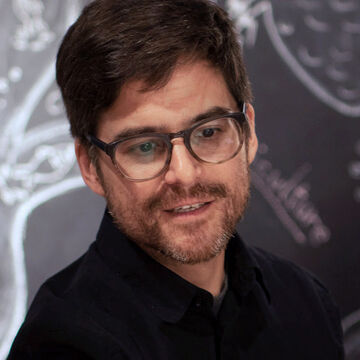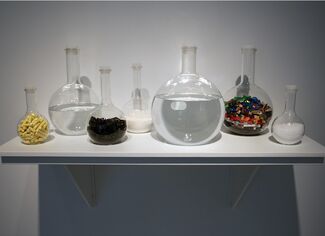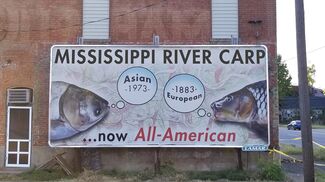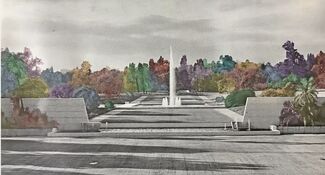

Andrew S. Yang
Professor
Contact
Bio
A native of rural Massachusetts, I study Nature in its myriad forms. In addition to SAIC, my teaching spans Hampshire College, Massachusetts College of Art & Design, Lesley University, Yale-NUS College, and Duke University. I hold a PhD in Biology (Duke University) and MFA in Visual Arts (Lesley University).
Personal Statement
I work across the visual arts, natural sciences, and history to explore ecological narratives at the intersections of art and science. My work has been exhibited from Oklahoma to Yokohama, including the 14th Istanbul Biennial (2015), Museum of Contemporary Art Chicago (2016), the Spencer Museum of Art (2019), the Smithsonian Museum of Natural History (2021), the Chicago Botanic Garden (2024), and upcoming at the Worcester Museum of Art (2026). Curatorial projects include Earthly Observatory (SAIC Galleries), Making Kin - Worlds Becoming (Center for Humans & Nature), and Biological Agents (Gallery 400). My writing and research can be found in peer-reviewed science journals (Biological Theory, Current Biology); visual arts publications (Art Journal, Leonardo, Journal of Visual Art Practice); as well as various books, including the Routledge Handbook of Art, Science, and Technology Studies and Kinship: Belonging in a World of Relations.
Publications
2024. The poetics and mathematics of air. In Elementals: Air. Vol. 2. D. Miller, G. van Horn, B. Jennings (Editor), N. Brown, C. Santos Perez (eds.) Center for Humans and Nature: Chicago. [online]
2024. Giovanni Aloi & Andrew S. Yang (2024) Earthly Observatory: situated knowledges and curating in the Anthropocene, Journal of Visual Art Practice, 23:4, 421-435.
2022. Snake eyes—a natural history of picturing, perception, and the serpents that lurk within. Revue Captures 7(2) 2022. [online]
2021. Kinshape. In Kinship: Belonging in a World of Relations. G. van Horn, R. Wall Kimmerer, and J. Hausdoerffer (eds.) Center for Humans and Nature: Chicago. [online]
2021. In the middle of something: In search of a meso-aesthetics. In Routledge Handbook of Art, Science & Technology Studies. H.S. Rogers, M.K. Halpern, D. Hannah, K. de Ridder-Vignone. Routledge Press.
2020. Double bubble. Forty-Five: A Journal of Outside Research, Vol 4, March 8, 2020. [online]
Exhibitions
Curation
Earthly Observatory / SAIC Galleries, Chicago / 2021
Making Kin - Worlds Becoming / Center for Humans & Nature / 2021
Biological Agents / Gallery 400, Chicago / 2008
Other Features
Video feature on "Gleanhouse (a Prairie Librarie)" and "Prismatic Landscape" for Lost & Found at the Chicago Botanic Garden
Video feature on "Theory of the Earth Vol. 4" for knowledges at the Spencer Museum of Art
"Flying Gardens of Maybe" featured in Audubon magazine











